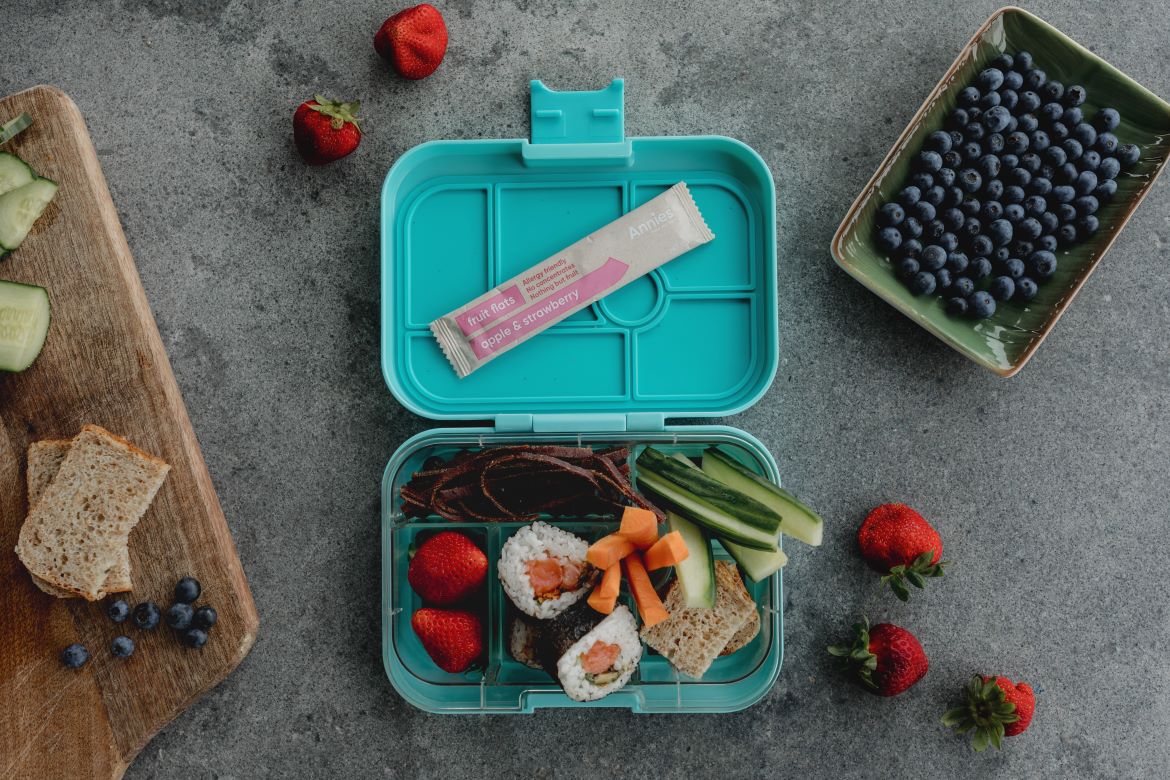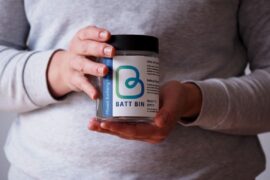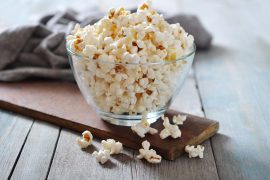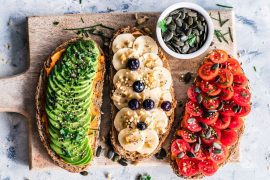We all know that fruits are good for us. After all, they count towards the 5 a day guideline established by the World Health Organisation (WHO). And unless your child has allergies to fruit, you most likely pop a piece or two in their lunchbox to keep them fuelled for the day. However, it’s not uncommon for that piece of fruit to return in the lunchbox as a soggy, smelly mess. Why? Because sometimes eating fruit just isn’t that fun and equals sticky fingers and dribbling juice. Cue dried fruit.

Now, your memories of dried fruit might consist of a neatly packed Tupperware container with a sandwich, a piece of cheese, a small packet of chips and a packet of dried apricots. Well, that’s what a school lunch might have looked like back in the 1980s and 1990s. Dried fruit was a convenient snack for kids and an easy addition for parents to pop into their school lunchbox. Somewhere though, in the following decades, dried fruit started to get a bad rap. Sugar became the numero uno bad guy and dried fruit was packed with it. But is it really?
There’s no denying that dried fruit contains sugar, but it’s densely packed because the water has been removed. A grape without water is a raisin. Therefore, a dried fruit contains no more sugar than the actual piece of fruit it derived from; you just need to eat it in moderation. Thirty grams of dried fruit is considered to be one of your ‘five a day’. It is a far healthier alternative than traditional overly processed snacks with their concentrates and added sugars, as it is 100% fruit and packed with antioxidants, vitamins, minerals and fibre.
In more recent times, food manufacturers have become more knowledgeable and self-aware in a nutritional sense than ever before. They realised the need to create products which were packed with pure ingredients and honest in their marketing.

Take this fruit roll-up brand, a popular product many years ago and still available on the shelf. The ingredients include:
- Apple puree
- Apricot puree
- Dried corn syrup
- Dried apples (colour preserved with sodium bisulfites)
- Sugar
- Malic acid
- Spice
- Locust bean gum
- Xanthan gum
The company’s famous tag line was ‘Real fruit and fun rolled up in one’.
In reality, there was very little fruit to be had in this snack and some of the other ingredients were less than desirable. For example, the sodium bisulfite preservative used is something many people are sensitive to and which can aggravate asthma. Locust bean gum and xanthan gum are food agents used as additives or thickeners. Dried corn syrup is just another form of sugar, followed next on the list by more sugar. Nutritionally speaking this isn’t a wonderful snack.











